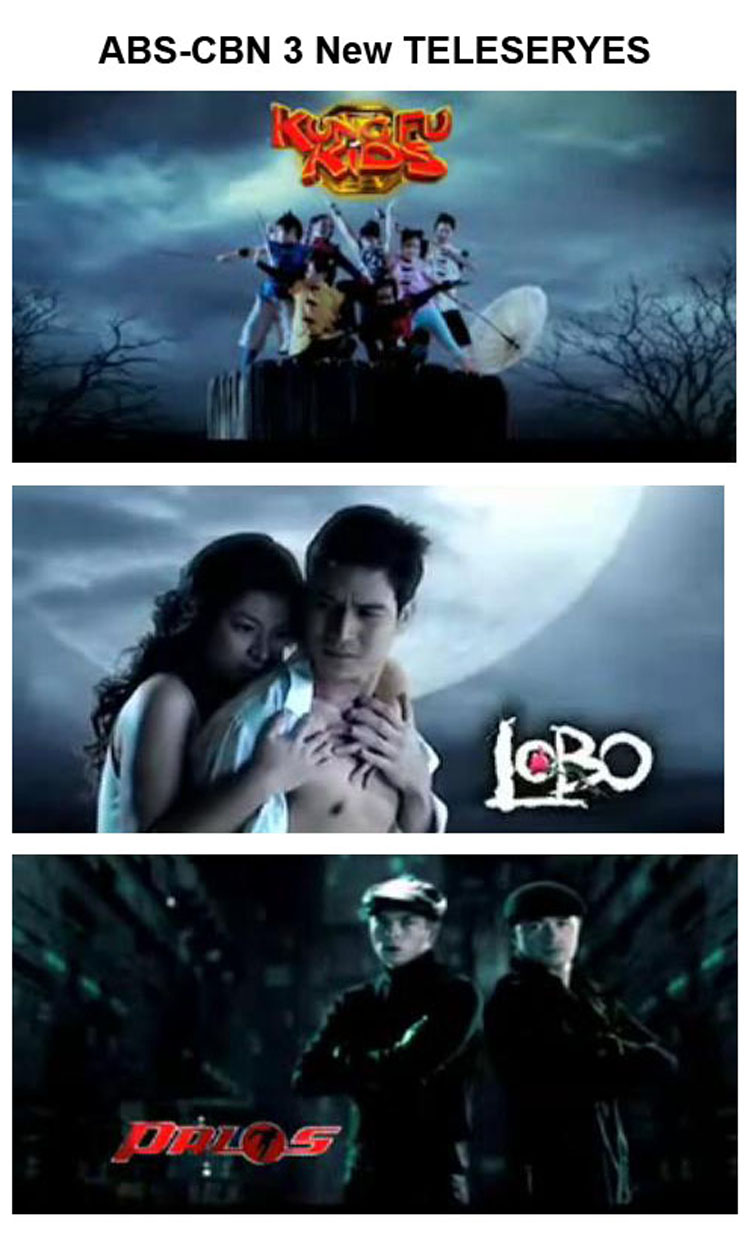Cooking is one of my hobbies. I thank my
Tatay (father) who hails from Pampanga for teaching us how to cook Pinoy foods. Two nights ago, I was thinking of what I’d like to eat for dinner and I want something simple, easy to prepare and cook. And the best choice for that criteria is
adobo (chicken or pork – I chose chicken this time.) But I want it tastier so I prepared it with
gata (coconut milk.)
As we all know,
adobo is claimed to be an authentic Pinoy food. It will definitely be on the top five lists of popular Pinoy foods.
Adobo is a favorite choice for picnics, potlucks, or
pambaon (packed food) because it lasts long or doesn’t spoil easily. And no matter how lowly
adobo is, I consider it a Pinoy gourmet food - tasty and delicious.
Another thing about
adobo is no matter how simple or basic its ingredients, somehow Maria’s
adobo taste a little bit different from Virginia’s cooking. I have tasted a lot of
adobos; some are saucy, others are dry or fried a bit, still others are spicy, a bit sour, salty, sweet, and some have black peppers and bay leaves; but they are all good. It’s such an easy recipe to cook that even a first-timer will be able to make it deliciously good.
As I was cooking it, I find
adobo to be so Pinoy.
1. It’s simple, easy to prepare and cook – very much like a Filipino who is very friendly, easy to get along with and easy to please.
2. It’s a favorite bring-along food – a Pinoy is the life of a party; a storyteller; a comedian; an entertainer; always ready to give a helping hand; an asset rather than a liability; a Pinoy is a favorite friend to bring along with in trips or just plain shopping.
3. It doesn’t spoil easily – Filipino’s are very resilient, enduring, and patient and can easily blend with other cultures.
4. It’s tasty and delicious – Filipinos possess pleasing personality, God-fearing, peace-loving; they value friendship and family relationships, and they are one of the “Happiest People” of the world.
5. It comes in a variety of concoctions - Filipinos excel in many fields, there are engineers, architects, doctors, nurses, teachers, singers, artists (name it, we have it), and the many Filipino workers scattered around the globe which contribute much to the development and economy of many nations.
With this, we can say that
adobo can possibly be a candidate as the Philippine’s national
ulam (dish). Others on the list will be
pancit, bistek, sinigang, paksiw, kare-kare, lechon, pinakbet, or
menudo; but my vote will go to
adobo.
We really enjoyed our chicken
adobo with
gata that night and if you haven’t cooked one yet, here’s how: First, I’m sure you have your own way of cooking the simple
adobo recipe. Juts cook it and then when it’s done, pour the
gata into it and boil for a minute or two. Add a little salt or soy sauce as you please. In this way, we are preserving your own way of cooking your
adobo; we just added the coconut milk. Here’s a pic of our leftover which will still taste good a day after.














